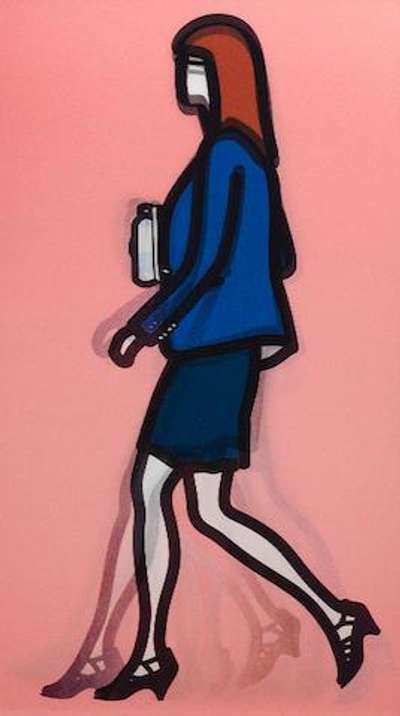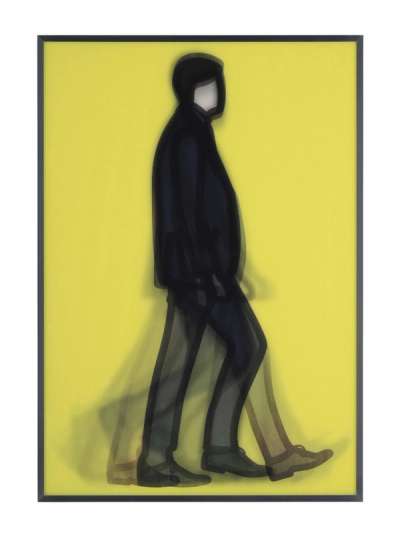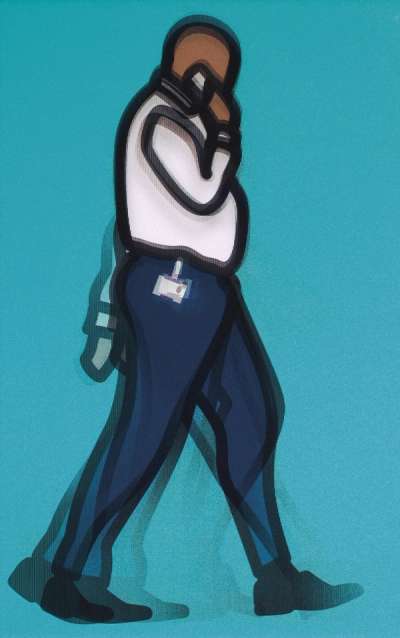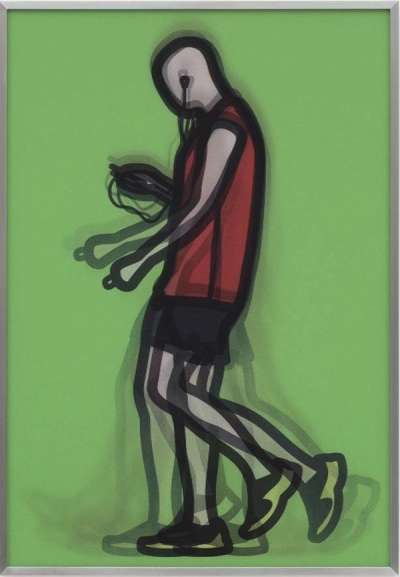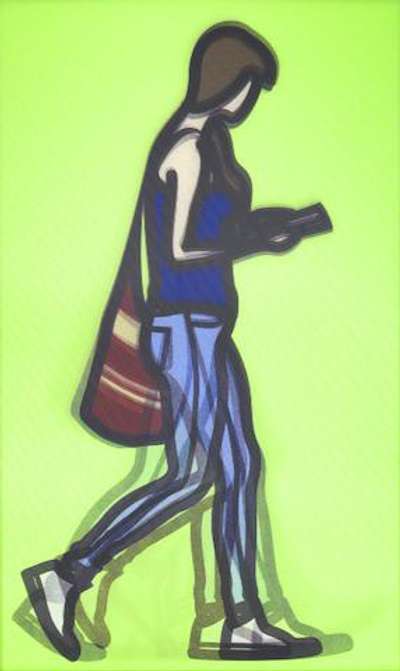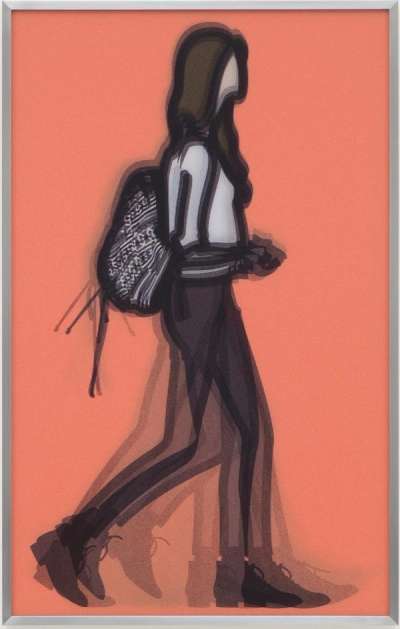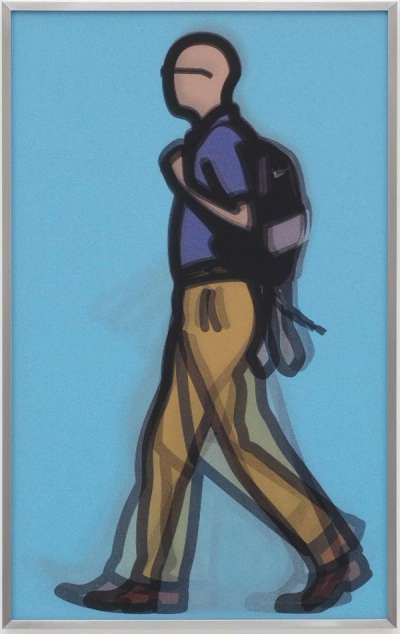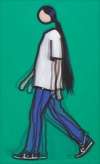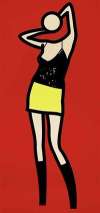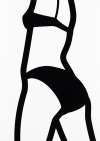Walking
In London
Julian Opie’s works in this collection, Walking In London, reflect the artist’s investment in the mundane. The artist explains why he was so drawn to figures in motion elaborating: ‘when you move, the world becomes more visible’ as the act of walking allows one to be transported from the isolation of a screen or a book into the outside world and wider communities.
Julian Opie Walking In London For sale
Walking In London Market value
Auction Results
| Artwork | Auction Date | Auction House | Return to Seller | Hammer Price | Buyer Paid |
|---|---|---|---|---|---|
 Nurse Julian Opie Signed Print | 6 May 2023 | Phillips London | £3,273 | £3,850 | £5,500 |
 Mechanic Julian Opie Signed Print | 25 Jan 2022 | Seoul Auction | £7,225 | £8,500 | £10,000 |
 Detective Julian Opie Signed Print | 4 Nov 2021 | Christie's New York | £4,250 | £5,000 | £7,000 |
 Academic Julian Opie Signed Print | 24 Apr 2021 | SBI Art Auction | £12,325 | £14,500 | £17,000 |
 Waitress Julian Opie Signed Print | 30 Jan 2021 | SBI Art Auction | £14,450 | £17,000 | £20,000 |
 Architect Julian Opie Signed Print | 30 Jan 2021 | SBI Art Auction | £17,000 | £20,000 | £23,000 |
 Banker Julian Opie Signed Print | 5 Dec 2019 | Mallet Japan | £10,625 | £12,500 | £14,500 |
 Student Julian Opie Signed Print | 20 Oct 2018 | Mainichi Auction, Tokyo | £8,925 | £10,500 | £12,500 |
Sell Your Art
with Us
with Us
Join Our Network of Collectors. Buy, Sell and Track Demand
Meaning & Analysis
Walking In London is an iconic collection produced by Julian Opie in 2014. The inkjet prints on a lenticular acrylic panel are signed and come in an edition size of 50. They show a full-length figure in motion. The figures appear to be walking somewhere and the prints capture the essence of everyday life in London. Opie’s works in this collection reflect the artist’s fascination with and love of the mundane. Discussing his depictions of quotidian reality, Opie explains ‘mundane things are just as exciting as all the things you might imagine escaping into.’
